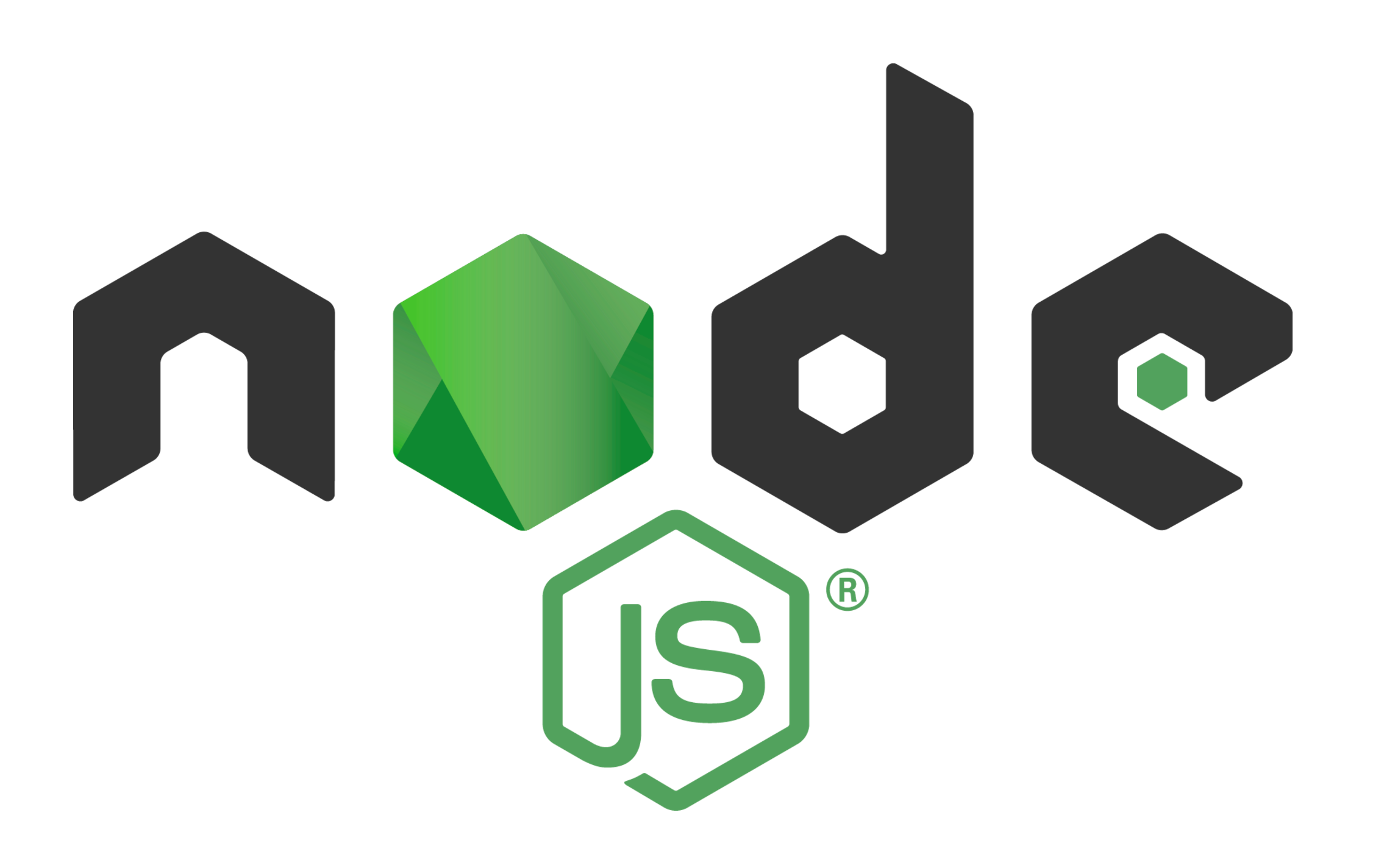Introduction to Node.js
May 23, 2020

TABLE OF CONTENTS
Node.js is an open-source and cross-platform JavaScript runtime environment. It is a popular tool for almost any kind of project!
Node.js runs the V8 JavaScript engine, the core of Google Chrome, outside of the browser. This allows Node.js to be very performant.
A Node.js app is run in a single process, without creating a new thread for every request. Node.js provides a set of asynchronous I/O primitives in its standard library that prevent JavaScript code from blocking and generally, libraries in Node.js are written using non-blocking paradigms, making blocking behavior the exception rather than the norm.
When Node.js performs an I/O operation, like reading from the network, accessing a database or the filesystem, instead of blocking the thread and wasting CPU cycles waiting, Node.js will resume the operations when the response comes back.
This allows Node.js to handle thousands of concurrent connections with a single server without introducing the burden of managing thread concurrency, which could be a significant source of bugs.
Node.js has a unique advantage because millions of frontend developers that write JavaScript for the browser are now able to write the server-side code in addition to the client-side code without the need to learn a completely different language.
In Node.js the new ECMAScript standards can be used without problems, as you don't have to wait for all your users to update their browsers - you are in charge of deciding which ECMAScript version to use by changing the Node.js version, and you can also enable specific experimental features by running Node.js with flags.
A Vast Number of Libraries
npm with its simple structure helped the ecosystem of Node.js proliferate, and now the npm registry hosts over 1,000,000 open source packages you can freely use.
An Example Node.js Application
The most common example Hello World of Node.js is a web server:
const http = require('http')
const hostname = '127.0.0.1'
const port = process.env.PORT
const server = http.createServer((req, res) => {
res.statusCode = 200
res.setHeader('Content-Type', 'text/plain')
res.end('Hello World!\n')
})
server.listen(port, hostname, () => {
console.log(`Server running at http://${hostname}:${port}/`)
})
This code first includes the Node.js http module.
Node.js has a fantastic standard library, including first-class support for networking.
The createServer() method of http creates a new HTTP server and returns it.
The server is set to listen on the specified port and host name. When the server is ready, the callback function is called, in this case informing us that the server is running.
Whenever a new request is received, the request event is called, providing two objects: a request (an http.IncomingMessage object) and a response (an http.ServerResponse object).
Those 2 objects are essential to handle the HTTP call.
The first provides the request details. In this simple example, this is not used, but you could access the request headers and request data.
The second is used to return data to the caller.
In this case with:
res.statusCode = 200
we set the statusCode property to 200, to indicate a successful response.
We set the Content-Type header:
res.setHeader('Content-Type', 'text/plain')
and we close the response, adding the content as an argument to end():
res.end('Hello World\n')
Node.js Frameworks and Tools
Node.js is a low-level platform. In order to make things easy and exciting for developers, thousands of libraries were built upon Node.js by the community.
Many of those established over time as popular options. Here is a non-comprehensive list of the ones worth learning:
- AdonisJs: A full-stack framework highly focused on developer ergonomics, stability, and confidence. Adonis is one of the fastest Node.js web frameworks.
- Express: It provides one of the most simple yet powerful ways to create a web server. Its minimalist approach, unopinionated, focused on the core features of a server, is key to its success.
- Fastify: A web framework highly focused on providing the best developer experience with the least overhead and a powerful plugin architecture. Fastify is one of the fastest Node.js web frameworks.
- hapi: A rich framework for building applications and services that enables developers to focus on writing reusable application logic instead of spending time building infrastructure.
- koa: It is built by the same team behind Express, aims to be even simpler and smaller, building on top of years of knowledge. The new project born out of the need to create incompatible changes without disrupting the existing community.
- Loopback.io: Makes it easy to build modern applications that require complex integrations.
- Meteor: An incredibly powerful full-stack framework, powering you with an isomorphic approach to building apps with JavaScript, sharing code on the client and the server. Once an off-the-shelf tool that provided everything, now integrates with frontend libs React, Vue, and Angular. Can be used to create mobile apps as well.
- Micro: It provides a very lightweight server to create asynchronous HTTP microservices.
- NestJS: A TypeScript based progressive Node.js framework for building enterprise-grade efficient, reliable and scalable server-side applications.
- Next.js: A framework to render server-side rendered React applications.
- Nx: It powers the Angular CLI which allows building full-stack applications using NestJS, Express, and Angular and easily share code between backends and frontends.
- Socket.io: A real-time communication engine to build network applications.
created by Ranganath